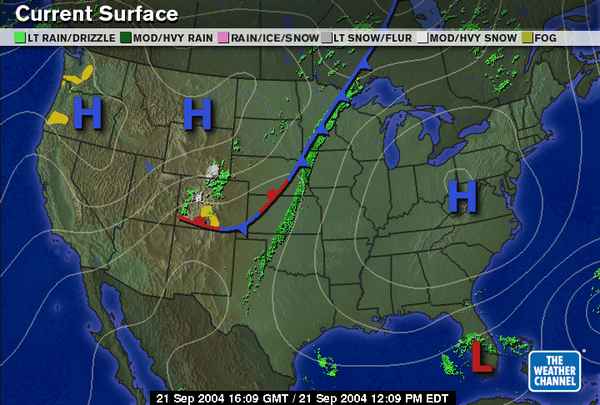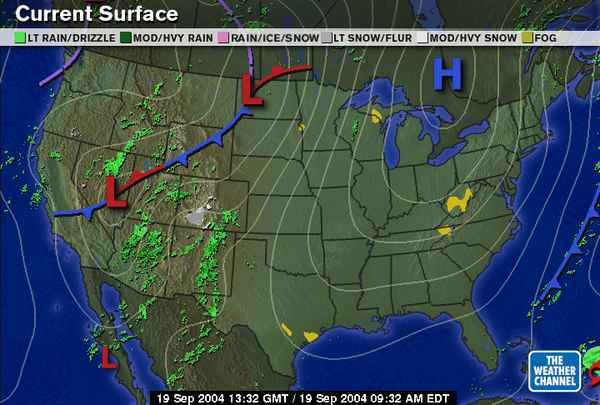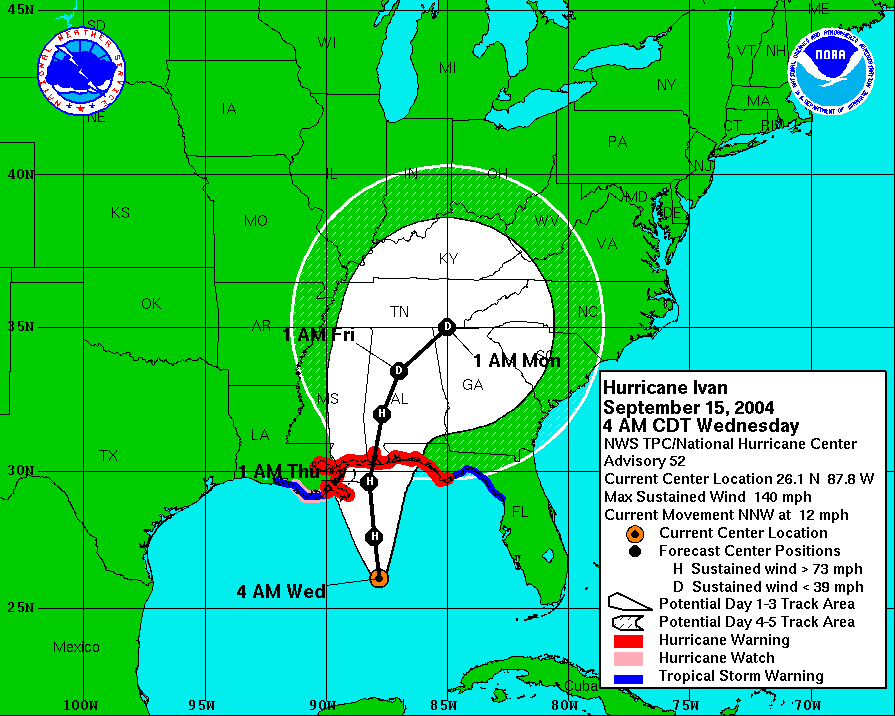Noise
There are lots of different kinds of noise and what is defined as noise is often a function of reference frame. In my 12 May 03, I talked about Equation 0, which relates, data, models and residuals. In that frame residuals are noise and clearly as data and models change so will what is considered noise.
HOWEVER - the noise I am talking about today is the much more common form and in my case it has to do with keeping NYC streets clean and with moving people and goods around. I live on the 6th floor of a great building in a great location with the exception that the part of Riverside Drive where I live is a fairly important (which isn't to say busy) thorough fare. One of the things that I have learned by living where I do is that alot of street level noise abatment is accomplished by aiming the offending sources upward in a way that makes my office a particularly good receptor.
Zora's favorite reference for many things of interest great interest to people her age tells me that if you have to shout to be heard that the noise level is too high. Well when the buses go by, I can't hear the TV. And when the street cleaner goes by I can't hear myself think.
Aside
I am not sure what this has to do with Earth Systems Managment; except that it is an example of noise that I can't make go away simply by understanding it.
End



